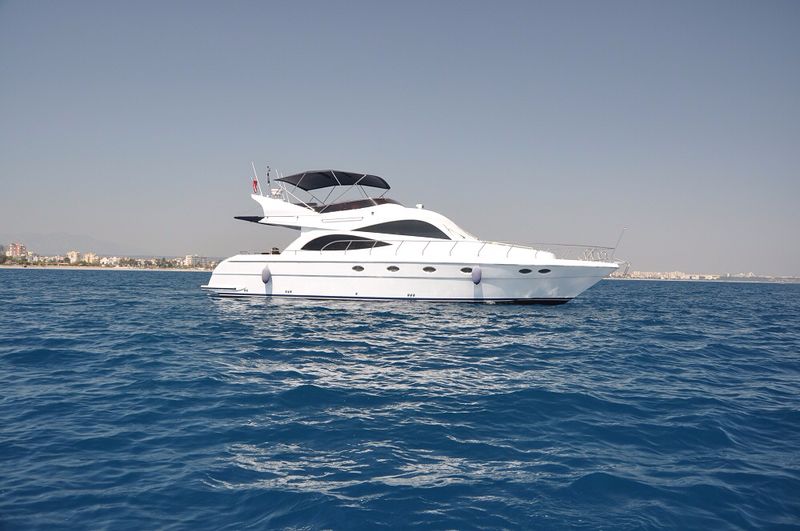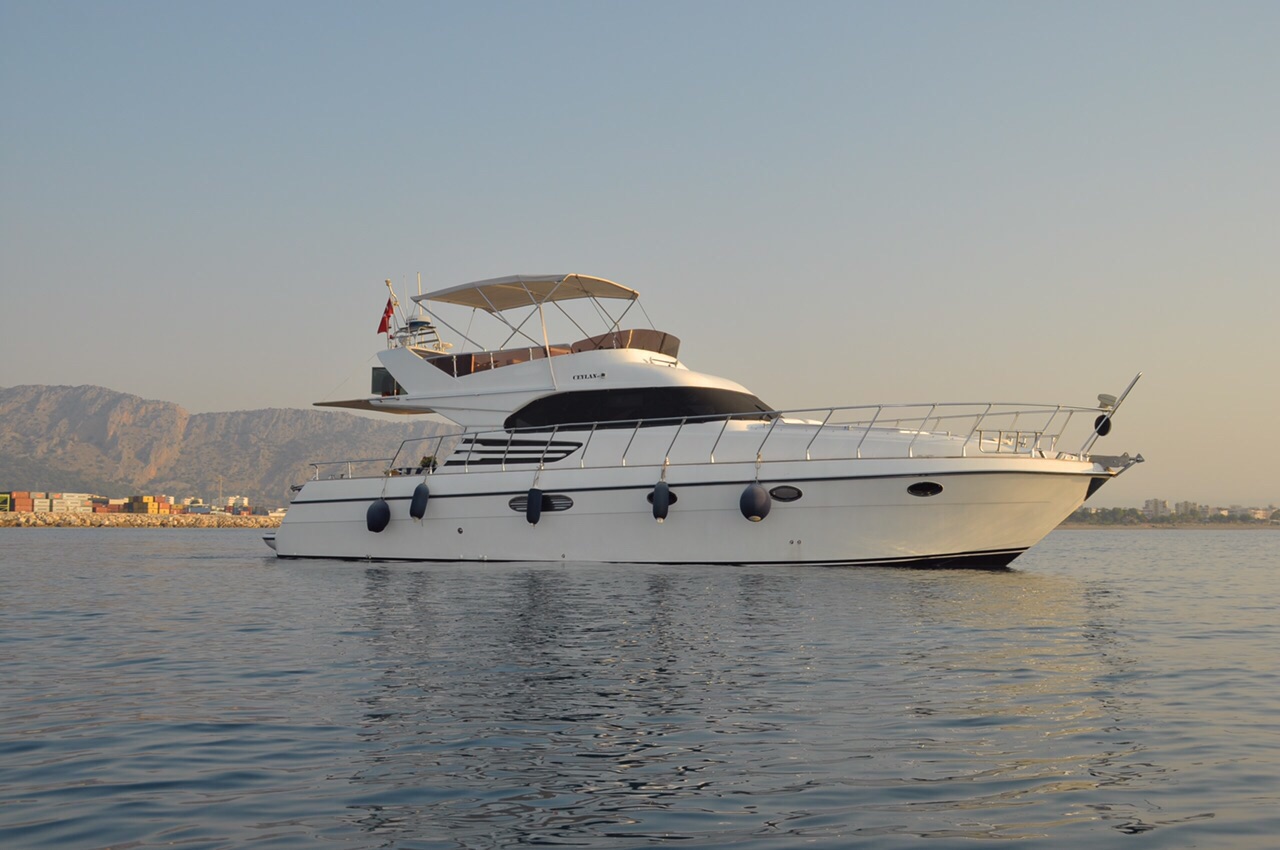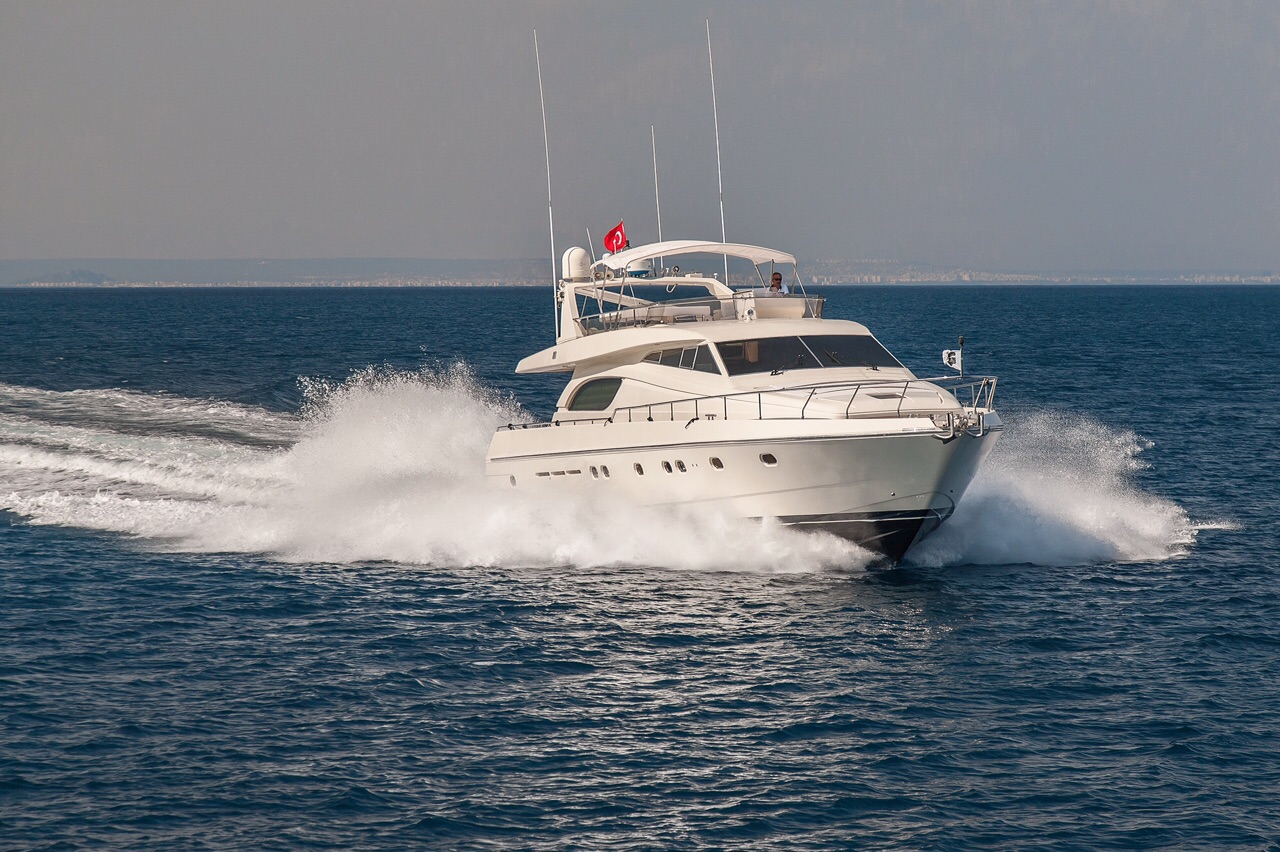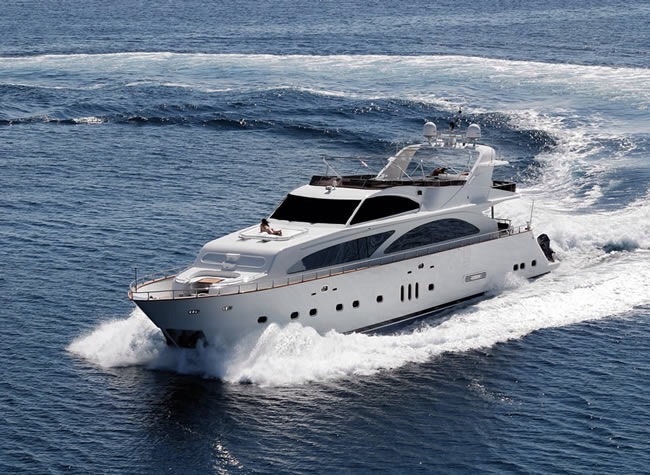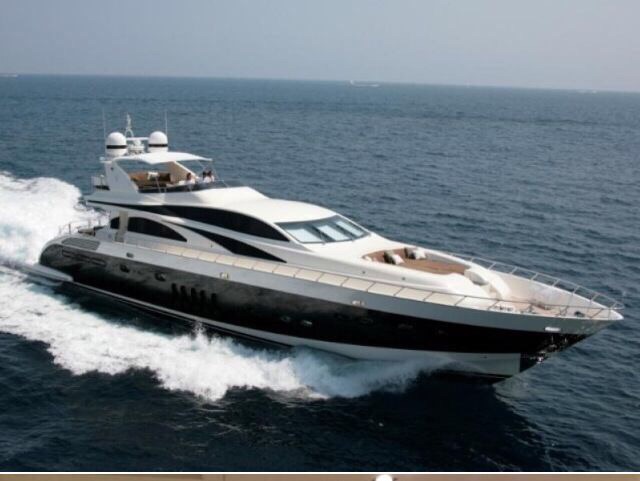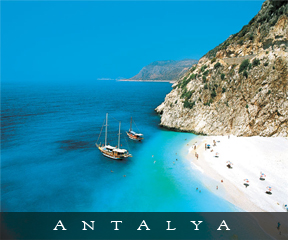Yacht Selection
Type
The first choice to make is which type of yacht will best suit your cruising needs. Yachts may be powered by sail, motor, or a combination of the two; all of which offer a different onboard experience. Sailing yachts and motor yachts are the two main categories but as you will discover, there is more variety between the two than simply the mode of propulsion.
Motor Yacht
At the mention of luxury yachts, most people’s minds jump to motor yachts. With a stable cruising platform and plenty of space for luxury on-deck facilities, motor yachts can be fast-movers or leisurely-cruisers and come in a massive variety of shapes and sizes.
Performance Motor Yacht
Due to their high speed capabilities, these motor yachts are perfect for those looking to explore more of the cruising area in a smaller amount of time. Sleek and stylish, the majority of these yachts are ultra-modern.
Larger Motor Yacht
Larger cabins and more spacious decks make these superyachts an ideal choice when comfort and onboard facilities are the main concern. A popular choice for families and first-time charterers, these vessels tend to be over 35 metres in length.
Megayacht
These exceptionally large motor yachts can accommodate more guests both sleeping and cruising than any other and so are best for corporate charters or large groups. Generally they can accommodate up to 80 guests and will include a range of amenities comparable to that of five-star resorts from spa and wellness centres, cinemas and playrooms to conference centres and small hospitals.
Sail Yacht
Sailing yachts have come a long way from their humble beginnings and now often offer just as many luxury facilities as motor yachts. Their association with a feeling of freedom and romance on the water, however, remains. Sail yachts available for charter will tend to differ in terms of rigging, power, and performance with each combination of factors making for a different sailing experience.
Sloop
The most common sail-configuration for modern sail yachts is that of a sloop, which has a single main mast and flies only one headsail (jib) and mainsail. Sloops have achieved their popularity for their excellent ability to sail upwind which makes them a suitable vessel for both amateur sailing and racing. Their major disadvantage however is their poor ability to sail downwind. Sloops are generally able to perform extensive worldwide voyages and their sails can be increased or decreased in size very fast to match fast-changing weather conditions.
Sloops can be either fractional or masthead. In a masthead rig the forestay and jib originate at the masthead while in a fractional rig the forestay originates some fraction down from the masthead. Fractional rigs tend to be easier to sail and they allow for quick depowering as the wind increases so they can sail in a wider range of wind speeds. Masthead rigs are a more recent development and these sloops tend to be more dependent on large headsails. They are a little harder to tack and so require a larger headsail inventory if performance is important.
Ketch
This type of sailing yacht has mizzen style rigging comprised of two masts; a fore and aft rigged main mast and a smaller mizzen mast. A mizzen is designed to be more balanced fore and aft and reduce sail and spar size for easier handling, particularly in extremely windy weather. The better balance provided by the extra sail makes the ketch popular for long-distance cruising. Due to the lost deck space taken by the additional sail however, ketches tend to be no smaller than around 27 metres in length. Compared to the sloop, the ketch provides a safer platform for world cruising whilst still providing large interior spaces.
Schooner
A schooner has two or more masts with both fore and aft sails. The rig of this vessel is similar to that of a ketch except its main mast is the second mast rather than the first. Schooners usually only require a small crew as they tend to be fairly manoeuvrable when working in changing winds, and are suitable for both coastal and ocean cruising.
Cutter
These vessels generally have multiple headsails and are considered to be ideal offshore rigs, but are less successful for coastal sailing. Compared to sloops, they tend not to point as close to the wind and headsails cannot be pulled in as far without seriously reducing speed. Cutters are one of the rarer rig types on the modern charter market, as very few have been built in recent years.
Catamaran
As compared to the above sailing yachts which are monohulls (or single-hulled), the catamaran is a multi-hull which makes it a much more stable vessel and ideal for entering shallow waters, particularly those in the Caribbean and Bahamas. Besides offering a stable ride, the catamaran also has low motion at anchor and due to its light structure can move at much higher speeds. They do tend to be more difficult to tack however as a result of the reduction in weight.
Motor Sailers
These yachts have the elegance of a sailing yacht and the space, comfort and amenities of a motor. Motor sailers carry many advantages with the most obvious being the ability to enjoy the thrill of sailing when there is a favourable wind while still having the peace of mind that power is available should conditions demand it. These vessels also boast increased interior areas and roll reduction.
Size
Obviously the larger your yachting party, the larger onboard space you will require. For parties more than six anything over 40 metres is advisable in order to accommodate the guests, crew and all the onboard facilities. Another factor to consider is size in relation to the maritime facilities of the locations you intend to visit. Most modern marinas can accommodate yachts up to a maximum of 60 to 75 metres in length, so if you choose to charter anything bigger than this, you will have to be more selective about where you dock.
Luxury to Performance ratio
This is another aspect to consider in selecting your perfect yacht, as you can often charter a yacht with excellent sailing characteristics and speed or a heavier luxury yacht with more onboard facilities, for a very similar budget. Remember – the faster your vessel, the more destinations you can pack in to your itinerary.
Remember – not all superyachts are available for charter in all regions, so it’s important to determine your desired cruising area before you set your heart on a certain superyacht.
Etiketler : yacht selection

